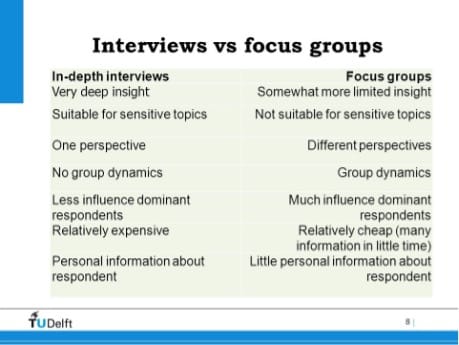Making the organization assessment data work for your nonprofit’s strategic planning process and beyond.
Nonprofits need assessment data for many reasons in an organization. For example, to help us understand community needs, determine our impact, or support a strategic planning process. While this article may be applicable to multiple types of assessment, it is focused primarily on types of data typically used during strategic planning.
If you don’t read the rest of this article and are partnering with a consultant or someone else for this assessment, you will ensure your process is a bit more effective with these quick wins.

The early phases of many strategic planning processes include an “assessment” phase or an “environmental scan”. This helps organizations ensure that they make planning decisions based on data, and that the data comes from broader sources than the staff and/or board. This results in more targeted and impactful goals and strategies for the future. Ladley and Redman talk about the importance of using data here, and note that while organizations collect more data than ever before, “most still struggle to build data into their business strategies, and conversely, to align their data efforts to the needs of the business.”.
Assessment is a type of data collection used to better understand an issue or organization. In this sense, it is different from research which goes further to describe, predict, and control an issue. It does, however, draw from academia’s knowledge, utilizing both quantitative and qualitative measures. If you really want to nerd out on this stuff, this article confirms the strengths and weaknesses of both types of data, and the fact that you get better data when you use both types together.
Quantitative: This is measurable data, reported in a number form such as the percentage of respondents. For most organizations, surveys sent out in large numbers is the only quantitative data collected as part of their strategic planning processes. Since it is best to have both quantitative and qualitative, that makes your survey feedback very important.
Here are a few tips to get the most out of surveys in strategic planning:
- Send them out broadly to as many people as possible who know anything about you.
- There are many ways surveys can go wrong, preventing you from getting helpful information. These range from types of response bias, the design of the survey, how broadly it is sent out, and the response rate. A few ways to reduce these possible hazards are:
- Know what questions you hope to answer or information you wish to gain before the survey is designed. This allows you to target questions to get the information you need.
- Use someone to design your survey who understands best practices in survey design and potentially even test the questions with a small group.
- Send the survey out broadly and know the demographics of your sample.
- Offer an incentive for responding, such as being entered in a drawing for a gift card.
- Segment the survey so that individuals for whom certain questions may not be relevant do not answer those questions. For example, there may be a separate portion of the survey that is just answered by clients/customers or by staff. Or, if using a Likert scale, make sure there is also an option for individuals to check that they don’t have enough knowledge or experience about this area to respond.
For the purposes of strategic planning, surveys are great to understand perceptions among your stakeholders, such as:
- How well you compare to similar organizations.
- The quality of your programs.
- How well known you are or how easy it is to access your services.
- Strengths, weaknesses, and opportunities, especially if you are able to provide a list of options.
- How your brand is understood.
- How well others see you as fulfilling your mission.
- Which of your services others feel most connected to.
Qualitative: Qualitative research provides context and understanding to the numbers you obtain with quantitative research, or to specific questions you already have from your experiences and needs as an organization. Most of the time, in strategic planning, this amounts to focus groups and individual interviews. Often, these individual interviews are called “stakeholder interviews”, and you as the organizational leader are asked to determine who you would like to participate in them.
While these two types of data collection often take place at the same time, sometimes there is value in finishing your survey before deciding what qualitative information you need. Focus groups and interviews should be structured, and participants chosen based on what you wish to find out. Survey results might highlight feedback you wish to understand better, allowing you to hold a focus group to gain more perspective on this issue. For example, responses among donors may have shown that they are neutral about whether or not you are achieving your impact. A focus group of a random assortment of donors might allow you to dig deeper into why they gave this rating.
Executive Directors often feel confused about who to select for each qualitative feedback method. This depends on what information you hope to gain through the process. Is there client-specific feedback you need? Donor-specific feedback? Are there key influencers from whom you need confidential feedback to understand trends, and partnership opportunities, and to understand how they perceive you? It is important to know, however, that interviews and focus groups work best when used as intended. The CDC offers suggestions around best practices for each method here, and the chart below is an easy way to understand what works best when.

One additional note about focus groups is that they work best when they are a group of 9-1 individuals with a common interest. Thus, it is ideal for this to be for example, a group of parents who use your services, a group of donors, a group of thought leaders, etc.

